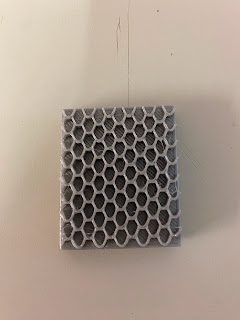The Photograph
The Photograph
When photography was invented in 1839, many painters thought that this would be the end of painting, as the consumer would prefer the quicker and cheaper images produced by the camera. French painter Paul Delaroche said, 'As from today, painting is dead!'. Although we now know this not to be the case, it was aa real fear among artists of this time, another artists saying, 'Photography is so rigorously true to optical reality that it is likely to destroy individual conceptions of beauty.' Impressionists seemed to take this on as a challenge, and started to investigate how images, colours and shapes, are perceived by the brain, and many other art forms joined them after some time.
Edgar Degas: Race Horses
This piece was made with pastel on wood, with Degas using the natural wood colourings to show the sky and distant landscape. He also employed the technique of cropping, where the artist selects only part of the subject to be included in the picture, creating the illusion that there is a larger scene outside of the viewer's vision.
Sally Mann: Candy Cigarette
Candy Cigarette features Mann's three children near the family's property in Lexington, Virginia. At first glance, I saw what thought were three children, one smoking a cigarette whilst looking back with a sort of sadness towards the photographer, a stranger to them. However the cigarette she is holding is exactly what the title says, a candy cigarette. I remember these from my own childhood, and I remember holding them as if they were real cigarettes, emulating what I saw in public.Children often copy actions they see around them and this picture highlights that beautifully. Even though in real life, the girl is just playing outside with her siblings, she still tries to replicate what she sees, and act older than she is, even copying the facial expressions and stances around her. It shows how much children take in from their environment, the good and the bad, and how we as a society need to keep this in mind when we are living our lives. We often act without thinking of who may be watching, taking notes, and who we may affect by our actions, no matter how small.





Comments
Post a Comment